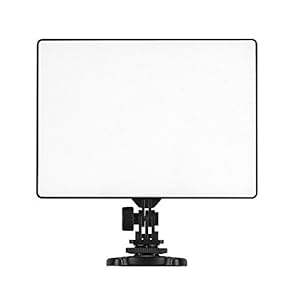Hello members, I'm new to this forum. My name is danny and hope to learn a lot from all members to become better at my hobby.
Firstly, Im have a little experience in photography, I started with street photgraphy, but due to financial issues I had to sell my cam and lens and sitting off with no gear. Now I.m trying to start off again, but switching to product photography at home trying to setup my new studio.
Basicly I.m new to lighting, cause in street basic outsight light was inportant in thinking of shutterspeed and aperture. Now things are getting difficult for me. ï have searched lots of information through google, but I'm getting confused of all information about lighting.
Alright my main gear setup for now is, a canon 60d, with a canon 60mm 2.8 macro lens and still considering to buy a 50mm 1.8 also. don't know if this is will be a good thing to do.
my main goal is to setup a studio with a table top and, and background that can be changed in color.canon 60d with 60mm lens.I'm stuck with the lighting part. My room is a 3 by 3 meter bethroom, with no other lights. main light source will be the lights I will buy.
The only light I have is a Yongnuo Y300 led video light

its a video light and I will use it as a background light. so my main issue is the second key, Rim and fill light. Based on the information I searched, im stuck with, speedlite, monolight, or continious light. Which one to choose. Budget is tight, something to 400 euros// dollars is my maximum. DO I have to choose a softbox also.Hope that somebody can give me some advice what to do.
Products will be, makeup, cosmetics,phones,watches, some macro, and maybe food also but in macro mode. Basic thing will be makeup and cosmetics.
thanks in advance.
gr danny
Firstly, Im have a little experience in photography, I started with street photgraphy, but due to financial issues I had to sell my cam and lens and sitting off with no gear. Now I.m trying to start off again, but switching to product photography at home trying to setup my new studio.
Basicly I.m new to lighting, cause in street basic outsight light was inportant in thinking of shutterspeed and aperture. Now things are getting difficult for me. ï have searched lots of information through google, but I'm getting confused of all information about lighting.
Alright my main gear setup for now is, a canon 60d, with a canon 60mm 2.8 macro lens and still considering to buy a 50mm 1.8 also. don't know if this is will be a good thing to do.
my main goal is to setup a studio with a table top and, and background that can be changed in color.canon 60d with 60mm lens.I'm stuck with the lighting part. My room is a 3 by 3 meter bethroom, with no other lights. main light source will be the lights I will buy.
The only light I have is a Yongnuo Y300 led video light

its a video light and I will use it as a background light. so my main issue is the second key, Rim and fill light. Based on the information I searched, im stuck with, speedlite, monolight, or continious light. Which one to choose. Budget is tight, something to 400 euros// dollars is my maximum. DO I have to choose a softbox also.Hope that somebody can give me some advice what to do.
Products will be, makeup, cosmetics,phones,watches, some macro, and maybe food also but in macro mode. Basic thing will be makeup and cosmetics.
thanks in advance.
gr danny


